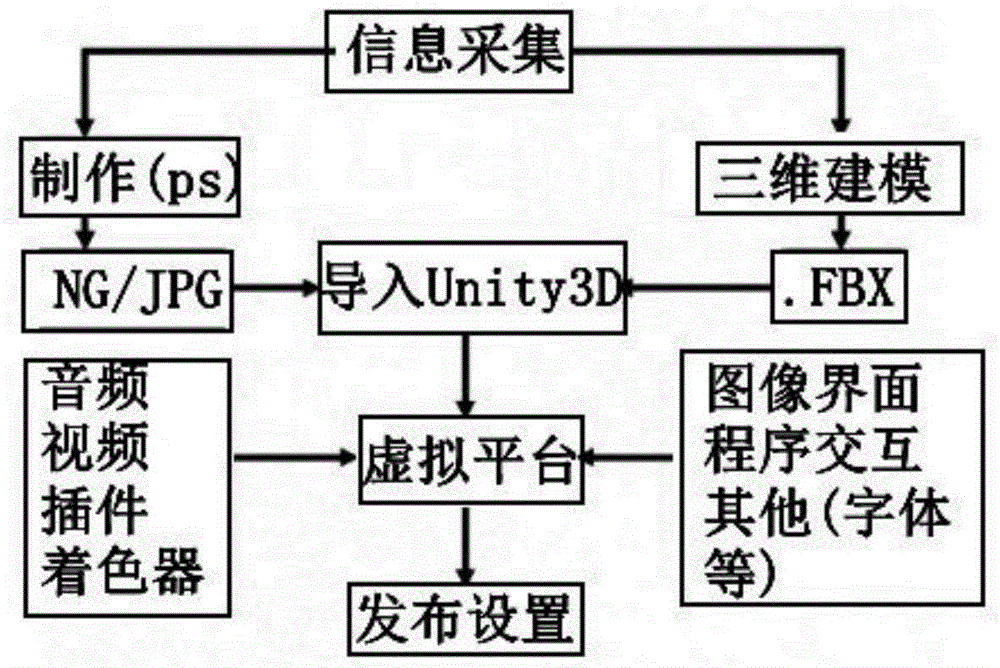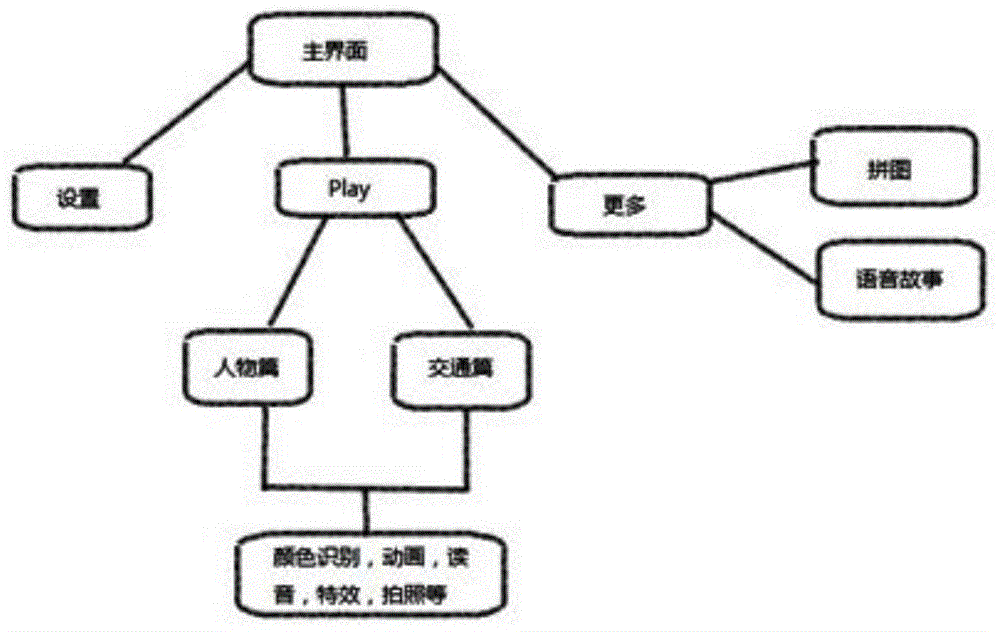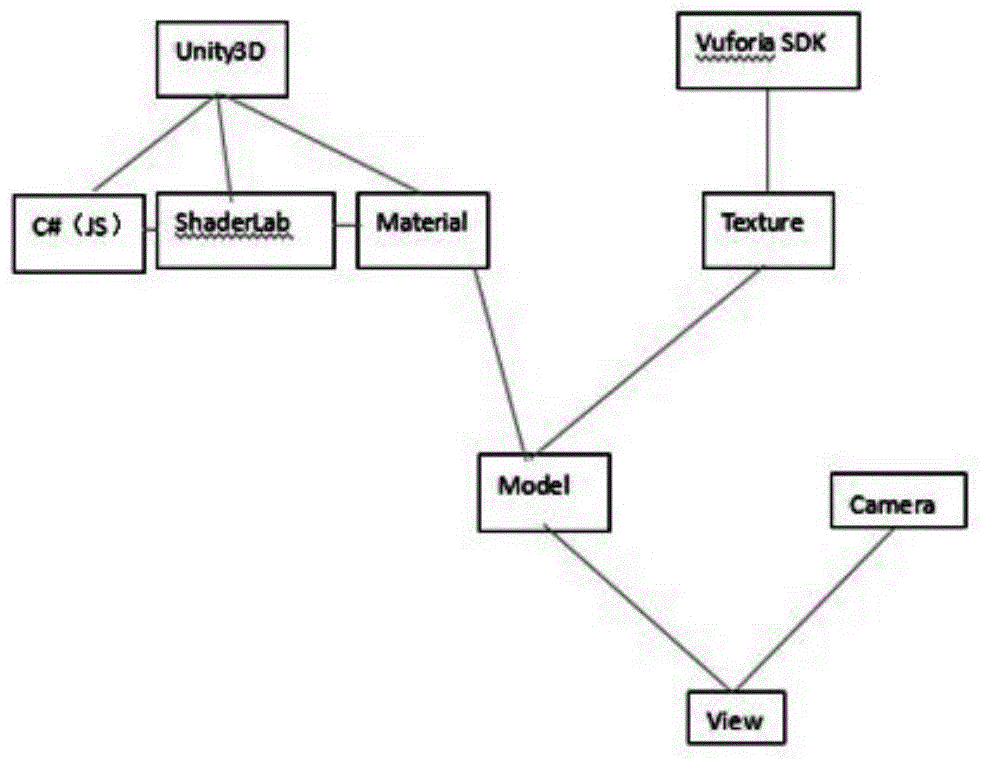Augmented reality book, and education system and method based on augmented reality book
A technology of augmented reality and books, applied in the application field of augmented reality technology in education, to achieve the effect of increasing interaction and improving interest
- Summary
- Abstract
- Description
- Claims
- Application Information
AI Technical Summary
Problems solved by technology
Method used
Image
Examples
Embodiment Construction
[0021] Such as Figure 1 to Figure 3 As shown, the education system based on augmented reality books of the present invention includes augmented reality books, intelligent display terminals, and servers.
[0022] Wherein, the augmented reality book is provided with an identification pattern,
[0023] The intelligent display terminal is provided with or communicated with a camera unit, and is provided with an image recognition module and an animation interaction and sound identification module. The camera unit is used to acquire patterns in augmented reality books, and the image recognition module uses Extract the pixel information from the pattern in a predetermined way, make it into a texture map, and attach it to the material ball of the model to obtain a model with the expected color and display it on the screen of the intelligent display terminal. The animation interaction and sound recognition module Interaction for jigsaw puzzles and playback of voice resources;
[002...
PUM
 Login to View More
Login to View More Abstract
Description
Claims
Application Information
 Login to View More
Login to View More - R&D
- Intellectual Property
- Life Sciences
- Materials
- Tech Scout
- Unparalleled Data Quality
- Higher Quality Content
- 60% Fewer Hallucinations
Browse by: Latest US Patents, China's latest patents, Technical Efficacy Thesaurus, Application Domain, Technology Topic, Popular Technical Reports.
© 2025 PatSnap. All rights reserved.Legal|Privacy policy|Modern Slavery Act Transparency Statement|Sitemap|About US| Contact US: help@patsnap.com



